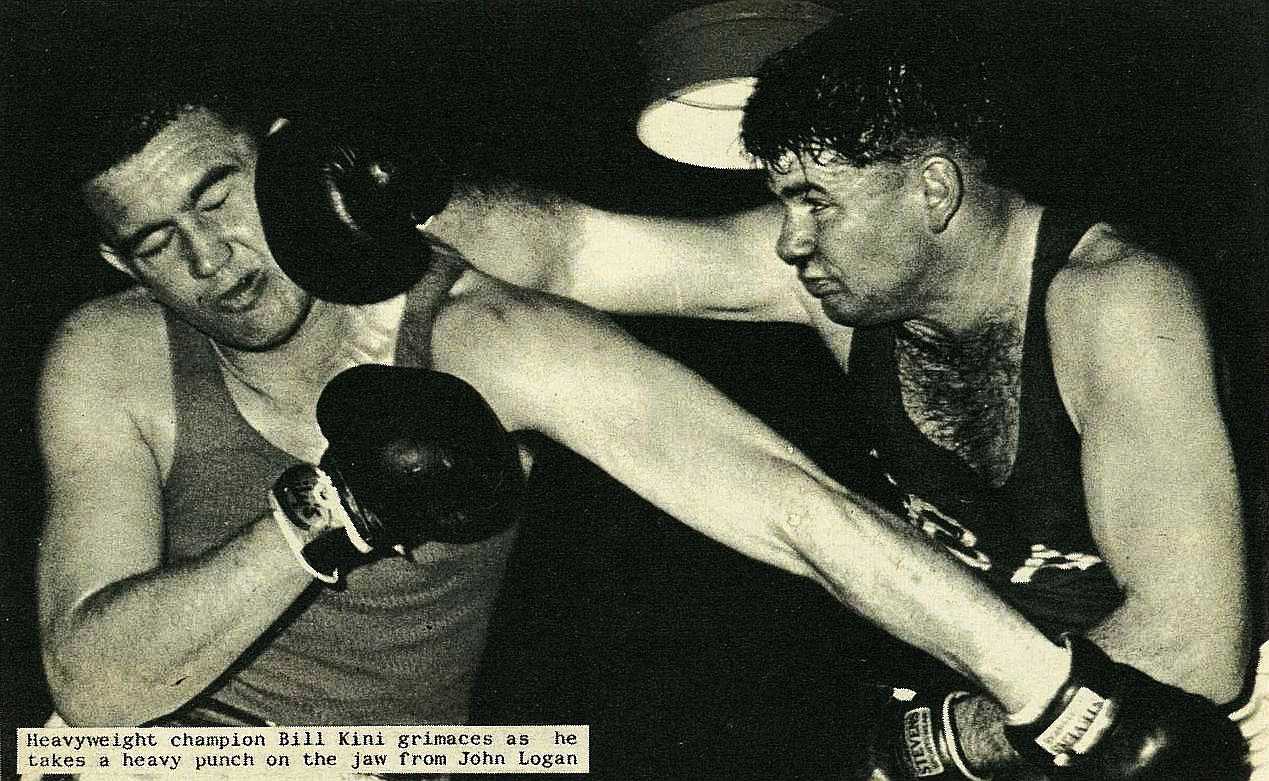Activity 2: The Right to Vote
At the turn of the century, New Zealand elected its first ever government. Richard John Seddon served as the leader of the Liberal Party from 1893-1906. Prior to 1893, only men were legally allowed to vote. This all changed in the late 1800s when a woman named Kate Sheppard lead a suffragist movement in New Zealand calling for a change in law. Her hard work finally paid off when the Electoral Act was passed into law on 19 September 1893, giving women the right to vote. New Zealand was the first country to give all women the right to vote. There were still countries in the world (e.g. Saudi Arabia) who, until recently, did not allow women to vote.
On your blog tell us what you think about the fact that women were not allowed to vote in Saudi Arabia until 2015. Is it fair? Why or why not?
Work Below!










